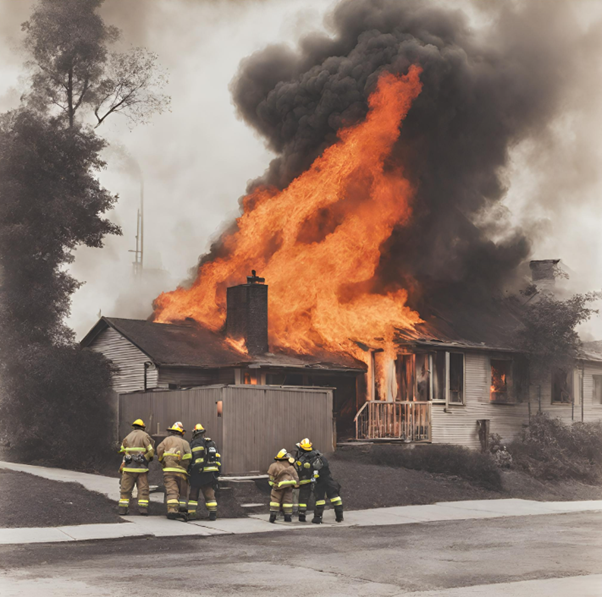Summary
Specification 43, integral to the National Construction Code (NCC) 2022, mandates bushfire protection measures for designated Class 9 buildings, such as healthcare facilities, early childhood centres, schools, and residential care buildings. These measures include ensuring minimum distances from potential fire sources, providing clear access pathways, and establishing safe external areas for emergencies. Existing buildings of this class may require significant updates to meet these standards during maintenance or renovations. While the BCA Deemed to Satisfy (DtS) provisions present baseline compliance methods, the Australian Building Codes Board (ABCB) recognises that Performance Solutions (or Alternative Solutions) might be more appropriate in some scenarios. Lote specialises in conducting fire-engineered performance-based bushfire assessments to ensure compliance with NCC 2022 bushfire protection requirements under Part G5. These assessments evaluate design proposals, bushfire hazards and risks, and adherence to BCA Specification 43, aiming to develop customised Bushfire Performance Solutions.
Introduction
The latest iteration of the NCC, released in 2022, includes BCA Specification 43, which delineates bushfire protection criteria for certain Class 9 buildings:
- A Class 9a health-care building.
- A Class 9b—
- early childhood centre; or
- primary or secondary school.
- A Class 9c residential care building.
- A Class 10a building or deck immediately adjacent or connected to one of the abovementioned building types.
Requirements of Class 9 Buildings
The requirements for these buildings include the need for the following:
- Minimum separation between classified vegetation, buildings, allotment boundaries, carparking areas and other hazards.
- Pathways to be provided around the building for pedestrian and vehicle access.
- Exposed external areas to hold people unable to be safely accommodated within the building; and
- Internal tenability maintenance requirements etc.
It is noted that these requirements have the possibility of posing substantial upgrades for existing Class 9 buildings such as schools and healthcare buildings while being maintained or renovated.
The ABCB also notes that the DtS provisions in Specification 43 were not intended to all be applied to a substantial portion of developments, and in many situations alternate approaches would be considered appropriate and acceptable. This is where fire engineered performance-based assessments provide a pathway to arrive at these Alternative or Performance-based measures.
Fire Engineered Performance-Based Assessments
The aim of a fire engineered assessment is to meet the relevant NCC Bushfire Performance Requirements under NCC Part G5 construction in bushfire prone areas covering G5P1 and G5P2:
- Undertake a review and assessment of the proposed design to determine feasibility of it being acceptable and appropriate for complying with the bush fire protection provisions of NCC 2022 on a performance-basis within the context of the identified non-compliances with Specification 43.
- Review of the available bush fire assessment and associated information to ascertain relevant information in terms of bush fire hazards, risks, and any other pertinent information provided by the Bush Fire Consultant.
- Review the provisions of Specification 43 and identify application, context, and associated criteria for use as a basis and benchmarking in the ensuing Performance Solutions for the proposed development.
- Review occupant, building, and bush fire hazard/risk characteristics to be addressed in the ensuing Performance Solutions.
Conclusion
In conclusion, BCA Specification 43 of the NCC 2022 introduces critical bushfire protection measures that demand careful consideration and implementation in specific Class 9 buildings across Australia. This specification not only highlights the importance of proactive bushfire defence strategies but also sets a clear framework for ensuring the safety and resilience of vital community infrastructure such as healthcare facilities, educational institutions, and residential care buildings. While the transition to these new standards may pose challenges, especially for existing structures requiring significant modifications, it presents an opportunity for innovation through fire-engineered performance-based assessments. Lote's expertise in providing customised compliance solutions underscores the value of specialised knowledge in navigating the complexities of bushfire protection. By embracing both the spirit and the letter of BCA Specification 43, we can significantly enhance the safety of our communities against the ever-present threat of bushfires, ensuring a safer, more secure future for all Australians.

